Published January 11, 2019
“If there is magic on this planet, it is contained in water.”
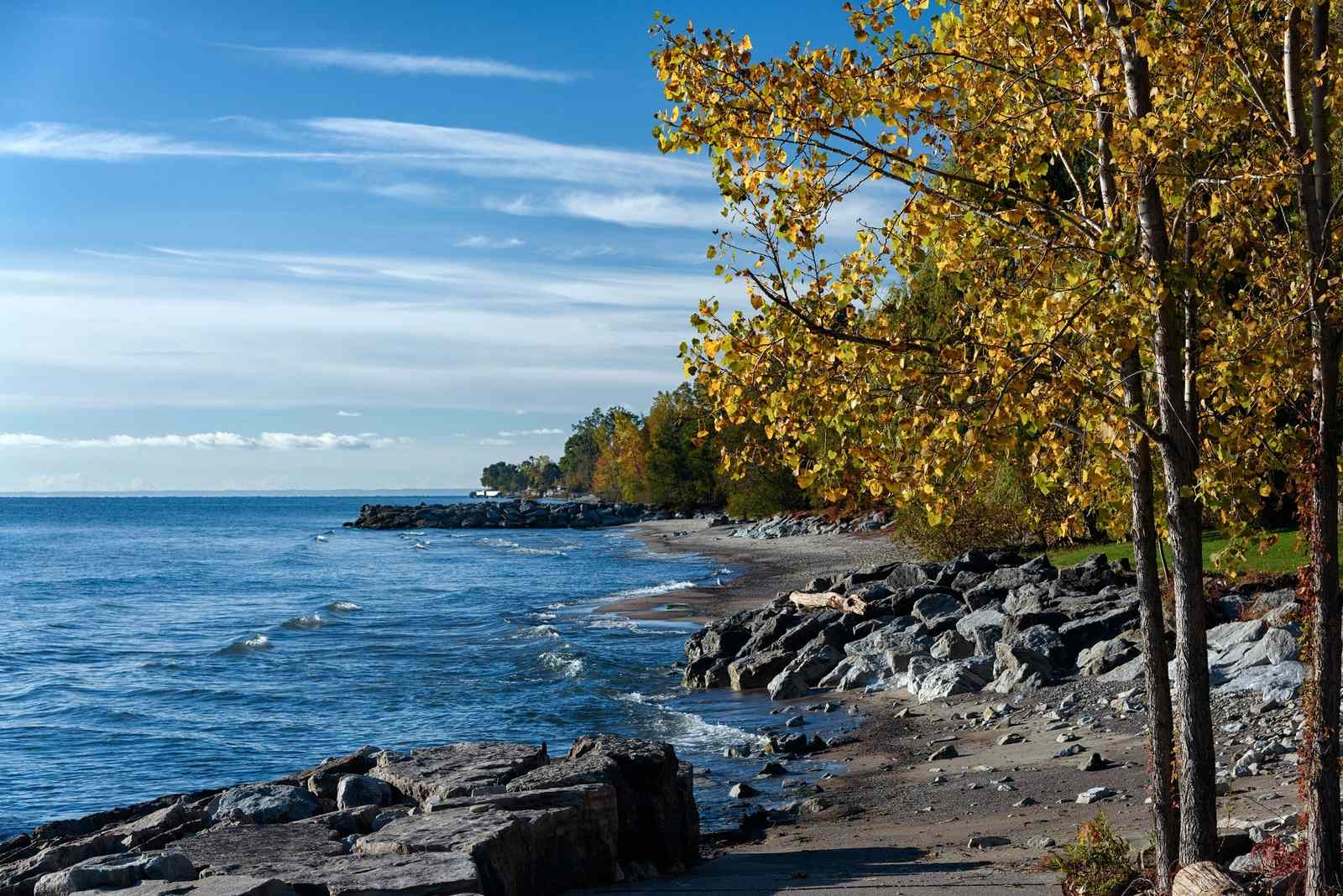
Eisley was in the midst of some scientific wanderings along a remote stretch of the river when he found himself overcome by a ‘curious absorption by water.’ His mind extended toward the interplay of light, water, and air while time became so irrelevant, “the eons that mountains and deserts know might pass in a single afternoon without discomfort.”
Eisley’s revelry culminates with him shedding his clothes and giving way to his desire to float down the river.
“The sky wheeled over me. For an instant, as I bobbed into the main channel, I had the sensation of sliding down the vast tilted face of the continent. It was then that I felt the cold needles of the alpine springs at my fingertips, and the warmth of the Gulf pulling me southward.”
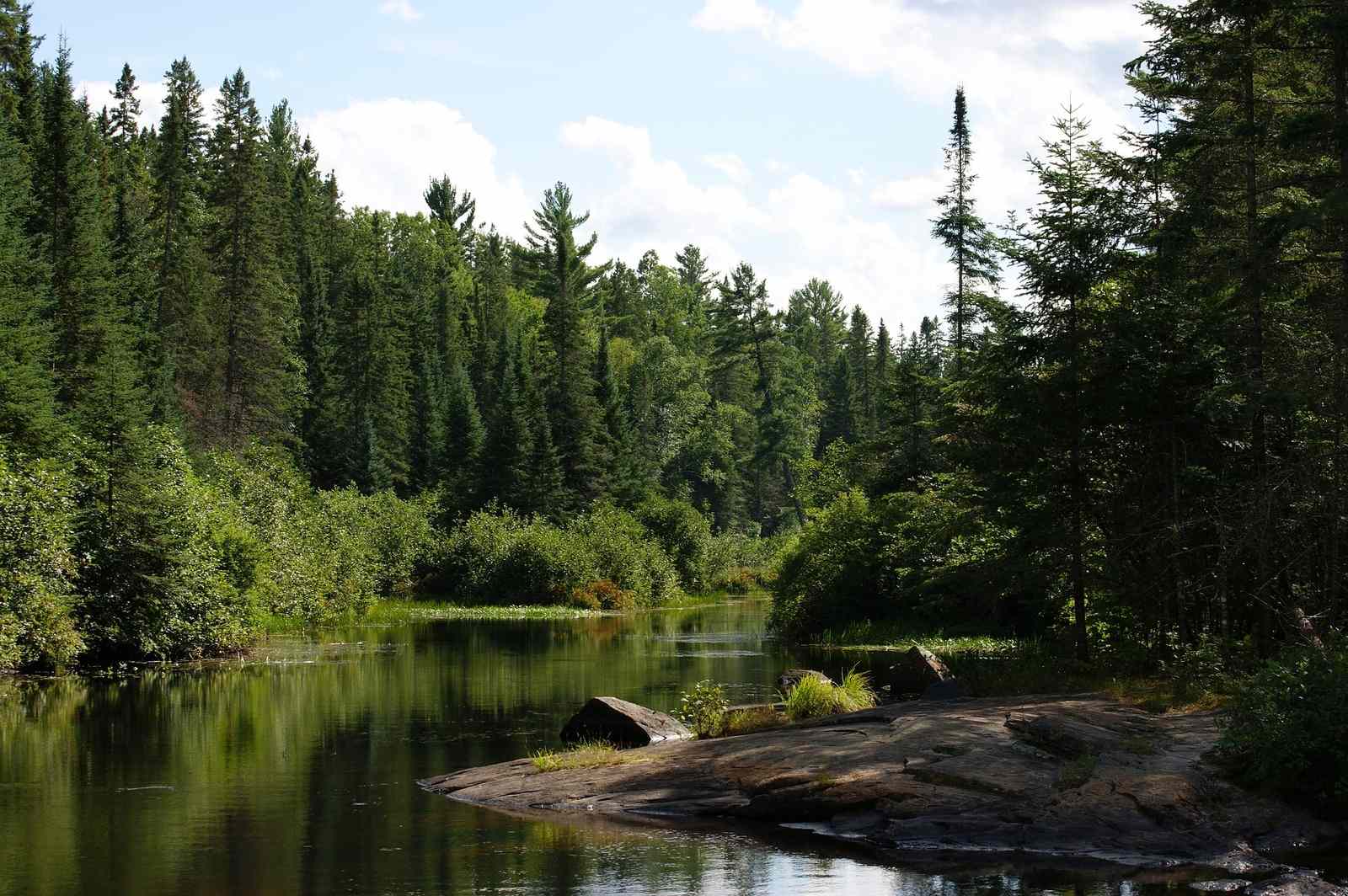
Eisley refers to his humble journey down the Platte River as ‘my great voyage.’ It’s no overstatement. Eisley nearly drowned as a child and the experience left an indelible mark on his psyche. Emerging from the Platte River he rediscovered “the body’s revolt against emergence into the harsh unsupporting air, its reluctance to break contact with that mother element.”
Many people before and after Eisley have written about their connection with this ‘mother element.’ The Watermark Project is an outcome of this enduring fascination. Water ‘the substance’ may be inanimate, but it’s literally impossible to separate water from life. It’s an essential requirement for a living cell, a fundamental shaper of landscapes, and for many creatures, the medium they exist within.
Water has many wondrous properties, but here’s my favourite: water is densest at 4°C.
The relative strangeness of this characteristic is probably tied to how much chemistry you recall. Most substances become denser as they cool. This happens because cooler atoms are slower moving and can remain closer to one another. This is why adding heat can turn a solid into liquid, or a liquid into gas.
Water doesn’t quite subscribe to this trend. Water vapour is less dense than liquid water, and warm water does become denser as it cools, but only until 4°C. Below 4°C, water parts company with most known substances by becoming less dense. This shouldn’t come as a surprise, as everyone who has walked atop a frozen lake knows: ice floats.

The chemical reasons for this peculiar trend are well understood (it need not be ascribed to magic). What’s remarkable to ponder is how drastically this chemical idiosyncrasy has shaped the ecosystems we know, at least near the poles of this planet.
If ice were heavier than water, most lakes would freeze solid in the winter. In deep lakes, the ice would line the bottom year-round, and there might never be more than 5 or 10 feet of liquid water formed during summer melts. It’s hard to know what such a world would look like. It would likely possess a different climate and would certainly be inhabited by different species.
The fact that water is heaviest at 4°C has also shaped the ecology of Canadian lakes in a more immediate, year-to-year sense.
It happens like this: each spring, the ice that formed during winter melts. Surface water begins to warm and, as it approaches 4°C, begins to sink. The sinking surface water, along with currents created by wind, promote mixing throughout the water column. Nutrients from the bottom are brought to the surface, and oxygen from the surface is brought to the bottom. As the weather becomes warm the surface temperature rises above 4°C, and eventually “thermoclines” begin to form.
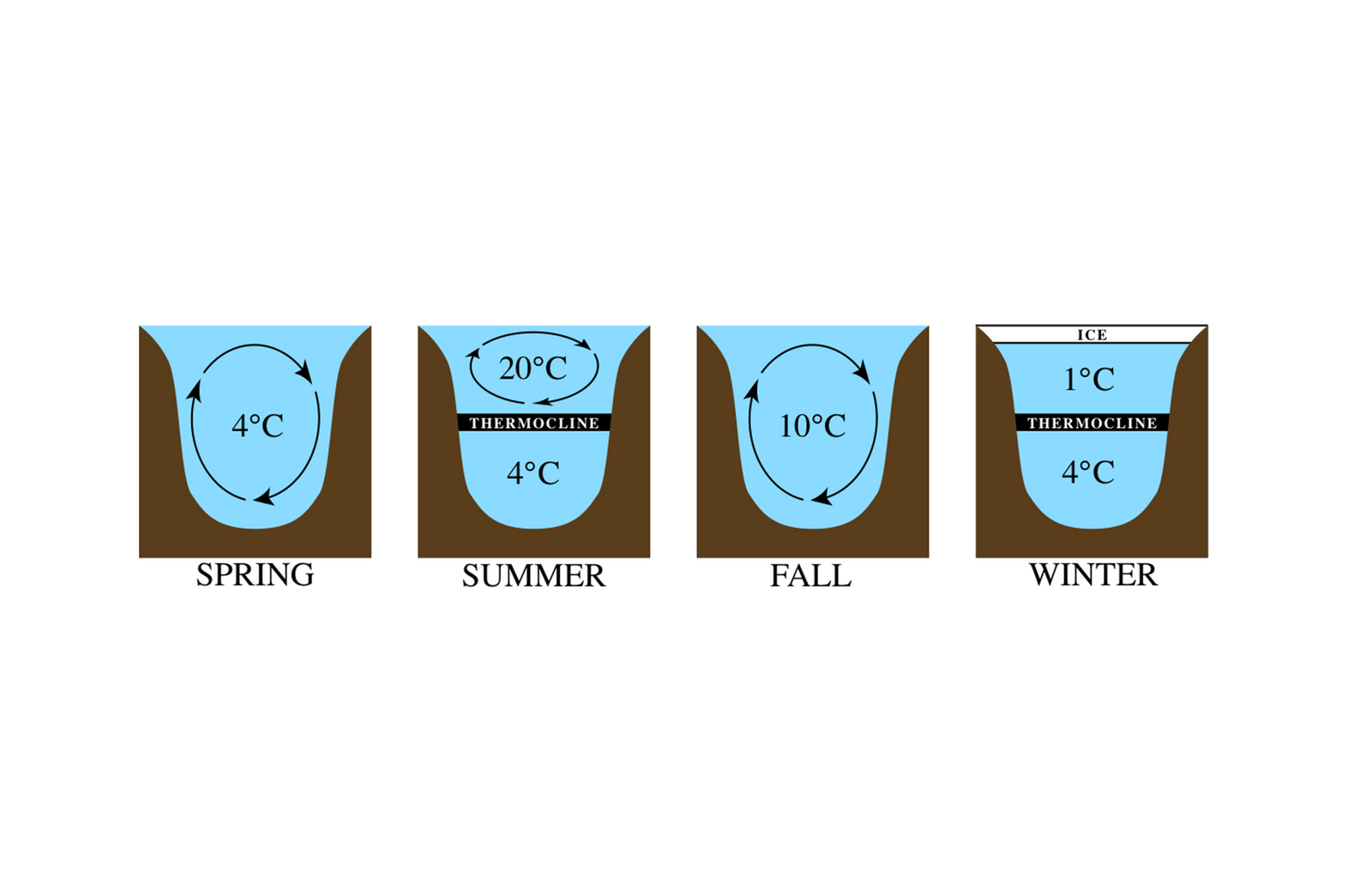
Thermoclines form because above 4°C, warm water becomes more buoyant (since density decreases). Once the warm surface water reaches a certain temperature in the spring, its buoyancy will allow it to sit on top of the colder layers below, largely resisting the circulation promoting influence of wind and waves.
With time, additional thermoclines may form. There will be a warm layer on top, cool layer(s) in the middle, and a cold layer at the bottom. At this point the lake is said to be ‘stratified.’ It’s not unlike the layers that form in some salad dressings. Except in a lake it’s different temperatures, rather than different substances, that results in the differing densities that allow layers to form.
Once a lake is stratified, the water at the bottom of the lake is effectively separated from the atmosphere – that is – it has a finite amount of dissolved oxygen that will not be replenished until the lake mixes again. This mixing happens in the fall, once the surface water approaches 4°C. At this point the thermocline dissipates and there is another period of mixing throughout the water column. This mixing – that occurs twice each year – is referred to as ‘overturning’ or ‘turnover.’
Turnover is an essential process. It’s the period when deep water is oxygenated and nutrients are spread throughout the water column.* Turnover is what allows coldwater fish like trout and whitefish to survive the warm summers. These fish couldn’t pass their summers in the chilly depths unless the water contained a sufficient concentration of dissolved oxygen. And the only reason it does is because of turnover.
Writing about turnover made me think about climate change. What will longer summers and early springs mean for the species that have come to rely on the nutrient and oxygen cycling that turnover promotes?
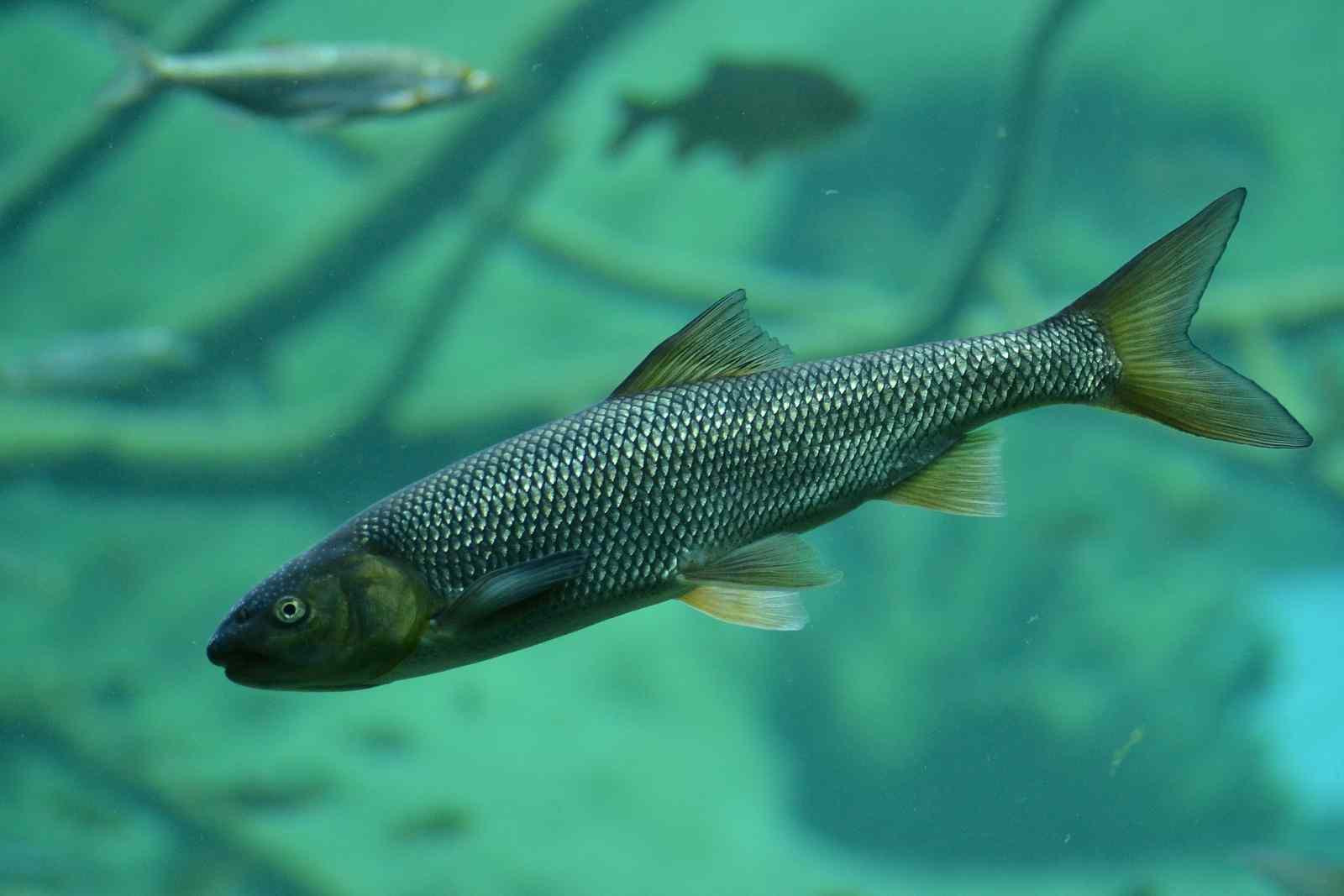
Liset Cruz Font is a postdoctoral researcher at the University of Toronto with a passion for fish biology. She has many fish related research interests including: the implications climate change will have on fish communities in the Great Lakes, fish behaviour, and food web dynamics. Currently she is involved in a project looking at fish ecology in the Toronto Harbour.
I asked Liset about what climate change will mean for turnover. She told me that, as the Great Lakes region warms, stratification will occur earlier and last longer. The reasons for this are evident; warmer temperatures will see ice leaving the lakes early, water warming up faster and thermoclines forming before they used to.
What does this mean for coldwater fish? According to Liset “their habitat will be constricted from above and below.” To understand why, imagine a cross section of a summer lake. Picture three layers: a cold bottom layer, a cool middle layer, and a warm top layer. There are different species of fish that are adapted to thrive in each of these temperatures (referred to as warm, cool and coldwater ‘guilds’). Warmer temperatures will mean the warm water band on the top expands deeper, as will the cool water band.
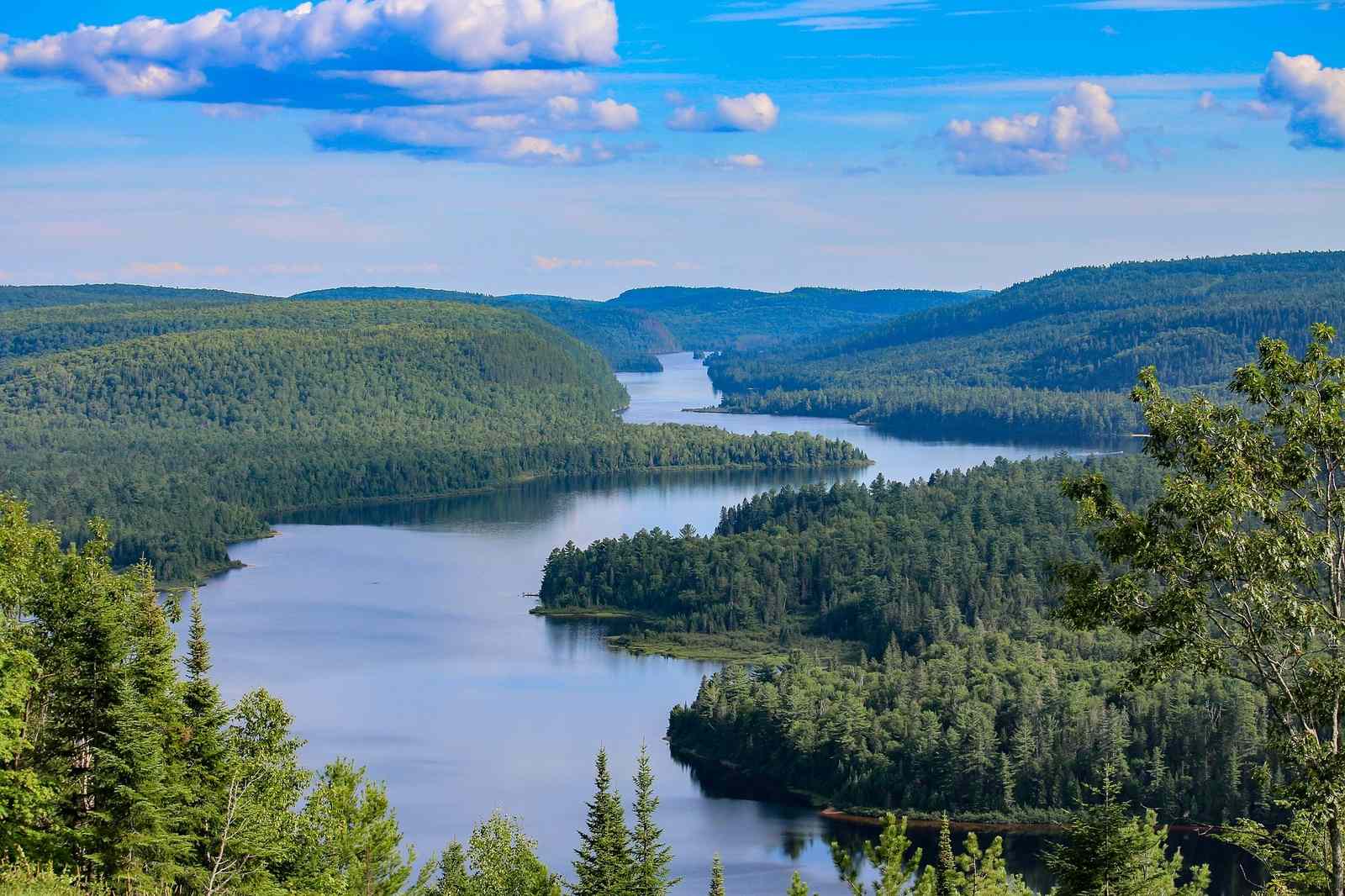
At the same time, longer periods of stratification will hasten the depletion of dissolved oxygen at the bottom of the Lake. This process can be accelerated by processes like eutrophication (excess of nutrients). Nutrients act like fertilizers for aquatic plant life, so when more nutrients enter the lake it results in increased algae blooms. An increase in animal or plant life on the surface of a lake will affect the bottom – when organisms die their remains will sink and begin to decompose – a process that consumes oxygen.
If the bottom of a lake loses oxygen – it becomes anoxic (meaning ‘without oxygen’). This creates a dead zone where fish will not be able to live until oxygen concentrations are replenished through turnover. Lake Erie has been plagued by this problem. In the 1960s and 1970s, phosphate and nitrate runoff into the Lake resulted in vast clouds of algae that covered large portions of the lake and consumed prodigious quantities of oxygen.
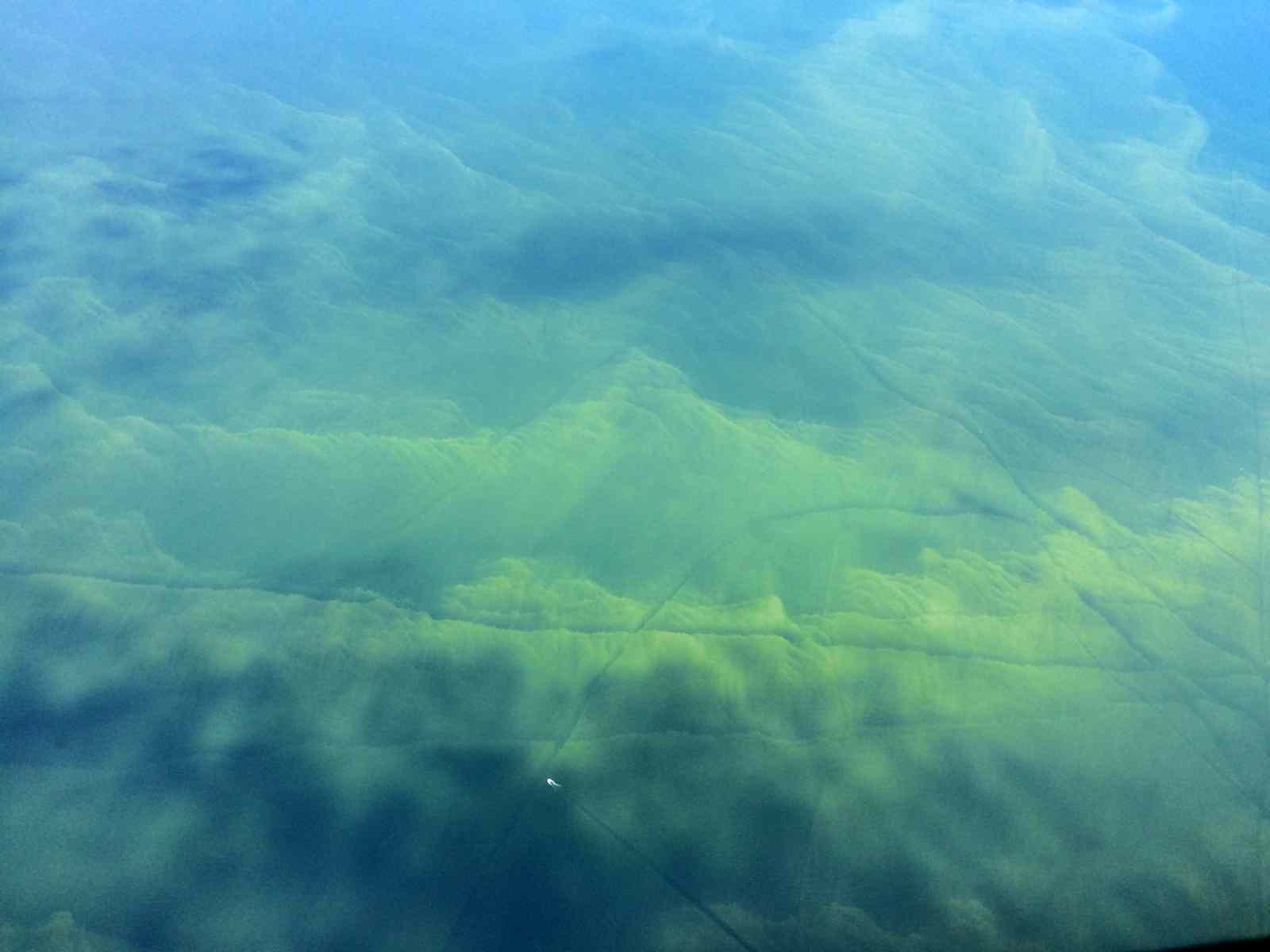
In 1972, the Great Lakes Water Quality Agreement helped alleviate the problem by requiring the construction of wastewater treatment plants and better agricultural practices. Both requirements helped keep nitrates and phosphates out of the lake. Yet as the algae blooms in 2011 and 2015 showed – more is needed.
Life is hard for cool and coldwater fish that still remain in Lake Erie. Climate change is already causing the period of summer stratification to extend by 1-6 days each decade in the eastern Great Lakes. The combination of longer stratification, relatively shallow depths and frequent algae blooms (along with the associated surge in decomposition at the lake bottom) mean that the bottom of Lake Erie often becomes anoxic or hypoxic (oxygen deficient) during the summer. This leaves little habitat for cool and coldwater fish.**
Lake Ontario has, to date, been spared the extreme, seen-from-space type of blooms that Lake Erie has experienced.*** This may be due to Lake Ontario’s depth, and also the rate and quantity of nutrients that flow into it. However, longer summer stratification and algal blooms do affect the fish that live in Lake Ontario. As surface waters continue to warm and the water near the bottom loses oxygen, coldwater fish like trout are forced into a constricted band of habitat. Keeping nitrates and phosphates out of the Lake may help ease this constricting process.
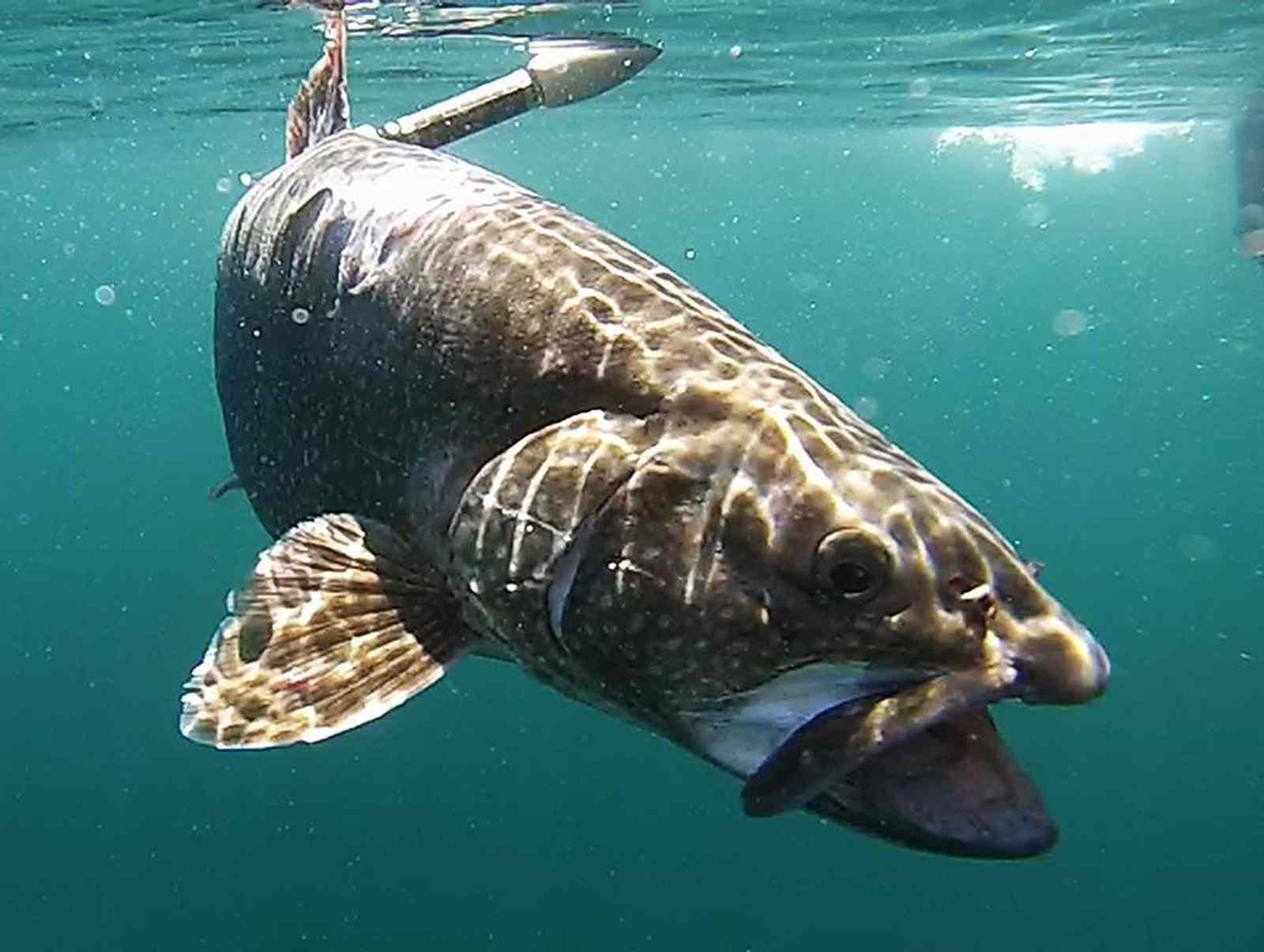
One of the dangers of living in a narrow band of habitat is that sometimes you may have to leave it to avoid going hungry. Fish like trout may have to travel upwards, to warm waters, as the pickings down below become slim. Trout are cold-adapted and foraging in warm water is taxing. It would be like running a summer race in your winter jacket. If it’s a short race and you only have to do it once, you’ll probably be fine. But if it starts becoming a habit, or turns out to be a long race you might end up in trouble.
The same is true for trout and other cold-adapted fish. The more time they spend outside their preferred temperature, the harder life becomes. It can make it difficult for them to reproduce, compete with invasives or cope with loss of breeding habitat.
As stratification continues to last longer and coldwater habitat becomes more scarce populations of coldwater fish like lake trout will likely decline in Lake Ontario. In smaller, inland lakes the problem will be more severe and coldwater species may completely disappear as suitable habitat melts away during warmer, longer summers.

The interaction between turnover, climate change and fish communities provides an inkling of the Great Lakes’ complex ecology. It shows how one of water’s properties – the fact it is densest at 4°C – has shaped the species that inhabit northern lakes. And it demonstrates that stresses are not born in isolation.
If we want coldwater fish like trout, whitefish and sculpins to survive in a warmer future, then we’ll have to help them out by not adding unnecessary stress to their underwater lives. We may have limited control over what happens to the climate, but we can control how many phosphates and nitrates we release into the lakes. We can control what measures are taken to prevent the introduction of new invasives and how much breeding habitat is protected or restored. Climate change shouldn’t be an excuse for inaction, but a motivator for acting swiftly.
* Turnover is also important because it allows coldwater fish and other coldwater organisms to (temporarily) expand their feeding ground since shallow water becomes accessible.
** There have been instances where anoxic bottom waters have surged to the surface, resulting in large fish kills; this happened in parts of Lake Erie in 2012.
*** Lake Ontario has already been affected by climate change in other ways. Warmer temperatures have been a boon for some invasive species like zebra mussels, which have wreaked havoc on nutrient dynamics, swimmers’ feet, and boat hulls. Asian carp are another warm-loving organism with the potential to bring about huge ecological changes in the near future.
